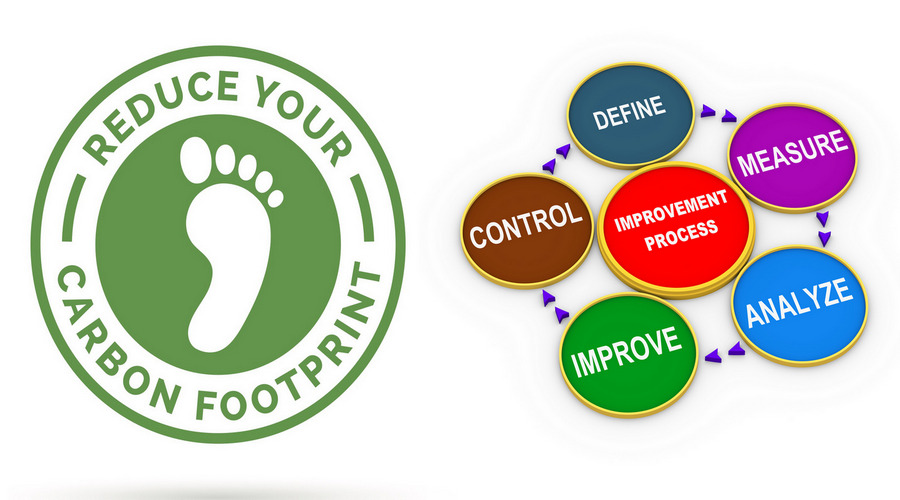
Carbon Footprint e LCA (Life Cycle Assessment)
The Carbon Footprint is the amount of greenhouse gas emissions generated throughout the life cycle of a product and/or a service, calculated in order to proceed with management actions through the two phases of reduction and compensation.
The commitments to reduce CO2 emissions defined by the Kyoto Protocol are now an established reality; in particular, the countries of the European Union are the ones most committed, at a global level, to combating climate change.
Etacarinae S.r.l. analyses the environmental impacts of products, services and organisations based on an assessment through the life cycle (LCA, Life Cycle Assessment), with a system created ad hoc, as defined by the ISO 14040: 2006 and ISO 14044:2018 international regulations.
We provide tools to integrate sustainability into the business of our customers by enhancing sustainable practices that may have already been adopted and identifying new areas on which it is possible to intervene, with the aim of improving the environmental and social performance of the organisation and its products, involving stakeholders too (customers, employees, partners and suppliers).
Calculating the Carbon Footprint is the new frontier of environmental accounting, an evolution of corporate environmental policies into areas with a growing sensitivity to the problem of climate change.
Quantifying its impacts is an opportunity to know the company’s environmental performance as well as being an opportunity for green communication and environmental marketing and a very valuable tool for strengthening its green reputation.
Etacarinae works in this sphere, supporting companies in Italy and abroad, as part of their green communications and green marketing actions and the construction of a true and proper green reputation:
Quantifying its emissions performance is also a key activity in the context of the possible future development of CO2-based environmental taxation policies (in support of national climate change policies).
Sustainability in the energy industry
This post is also available in:
 Italiano (Italian)
Italiano (Italian)  Français (French)
Français (French)  Deutsch (German)
Deutsch (German)  Español (Spanish)
Español (Spanish)  繁體中文 (Chinese (Traditional))
繁體中文 (Chinese (Traditional))


